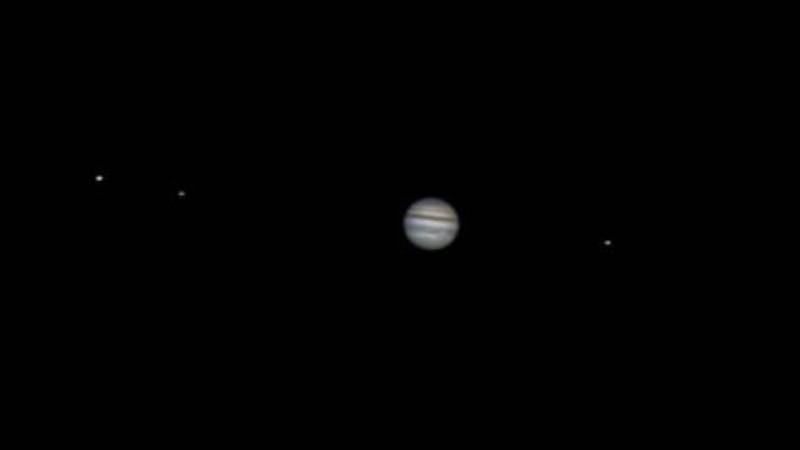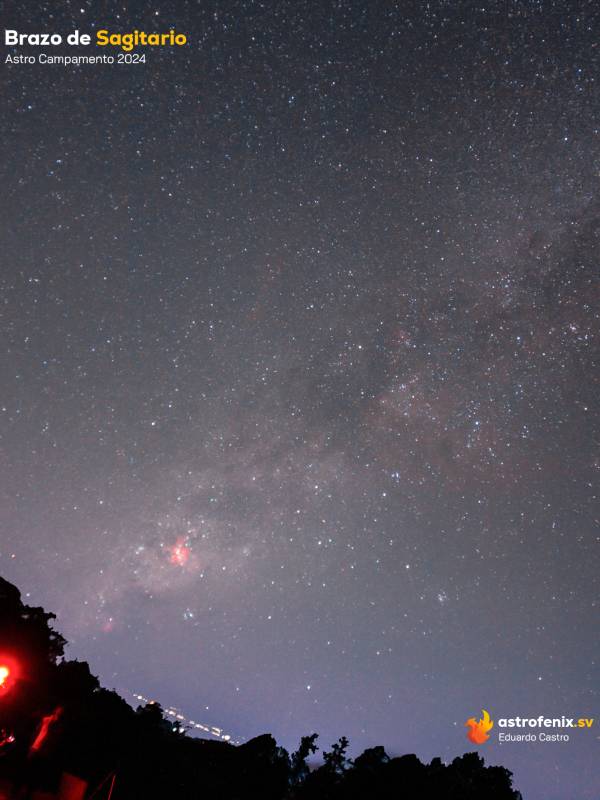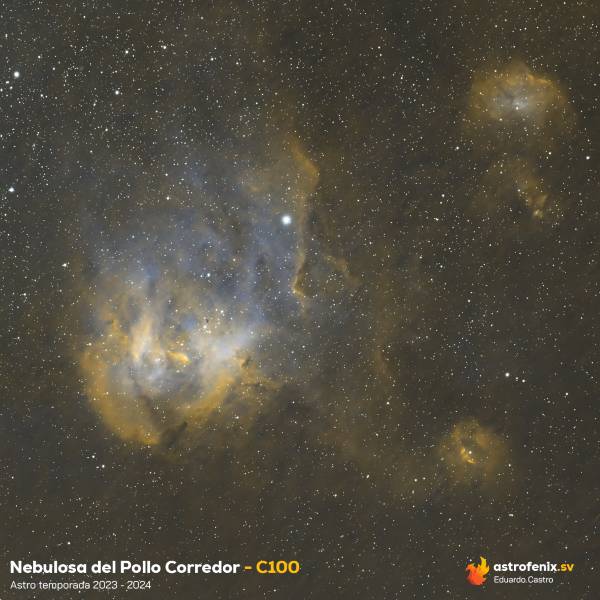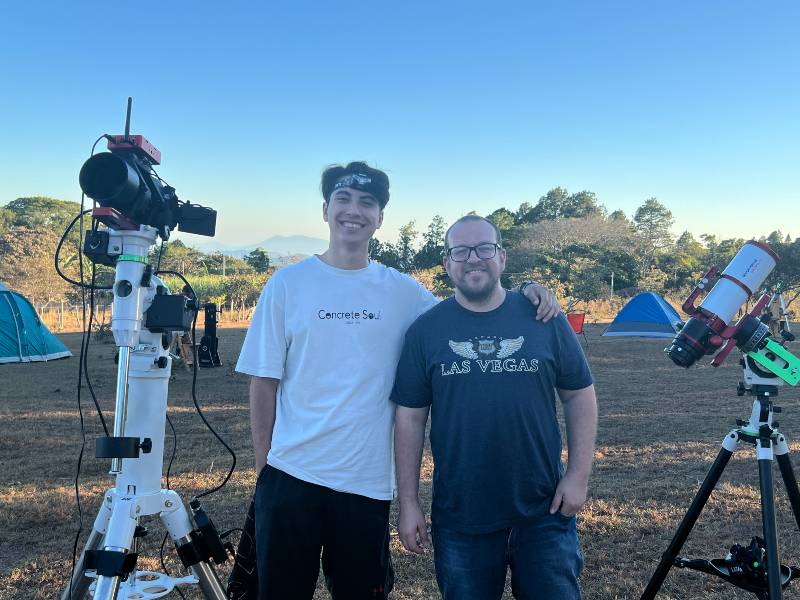Amid growing light pollution, astrotourism is emerging as a great way to rediscover the beauty of the starry sky in our country.
February 22, 2024- 09:58
Every year, the Astronomical Society of El Salvador (Astro) lights up the darkness of the night with its long-awaited astronomy camp.
On this occasion, the event took place last Saturday, February 10 and Sunday, February 11, in Altos del Aguacate, near Corinto, Morazán Department, offering enthusiasts a unique experience under dark skies and away from urban lights.
Also Read: Saturn's Icy Moon Could Have a Life-Friendly Liquid Ocean
Time your departure to star camp at dawn and strategically place special equipment. Electricity cannot be used and is only allowed for telescopes.
Amid increasing light pollution, astrotourism is emerging as a great way to rediscover the beauty of the starry sky in our country.
The choice of Altos del Aguacate for the event was no coincidence. The region offers exceptionally dark skies, providing the perfect environment for astronomical observation without light interference.
SEE ALSO: Hubble telescope captures a “ghostly” phenomenon in Saturn's rings
This kind of ongoing pollution greatly affects the opportunity to fully experience astronomy, and events like Astronomy Camp are vital to raise awareness of the importance of protecting these sites and promoting local astrotourism.

At night, participants had the opportunity to explore planets, open clusters, nebulae and galaxies through powerful telescopes. Celestial objects, although they are always present, are invisible in an urban sky saturated with artificial lights.
This experience provides a unique connection with the universe, awakening curiosity and appreciation for the vastness of the universe.
Proper preparation is key to making the most of this astronomical experience. Participants will need binoculars for detailed observations, sleeping bags for a comfortable night under the stars, a small gas stove for cooking needs, hiking boots for exploring the terrain, a coat for cold nights, instant food and a safety kit. First aid for anyone. event.
Another highlight of the astronomy camp is the use of red lights, which cause less interference in observations.

In addition, 4×4 transport facilitates access to remote locations, taking participants away from urban lights and immersing them in the true darkness of nature.
In images captured during the event, the Solar System's gas giant Jupiter appears majestic along with some of its notable moons, Io, Europa, Ganymede and Callisto.
This celestial scene reveals the vastness and complexity of the universe, reminding us of the importance of preserving the darkness of the night for future generations.
Astronomy Camp is not only a place for astronomy enthusiasts, but an opportunity to reconnect with the wonder and beauty hidden in the vastness of the universe, beneath the dark skies of El Salvador.






